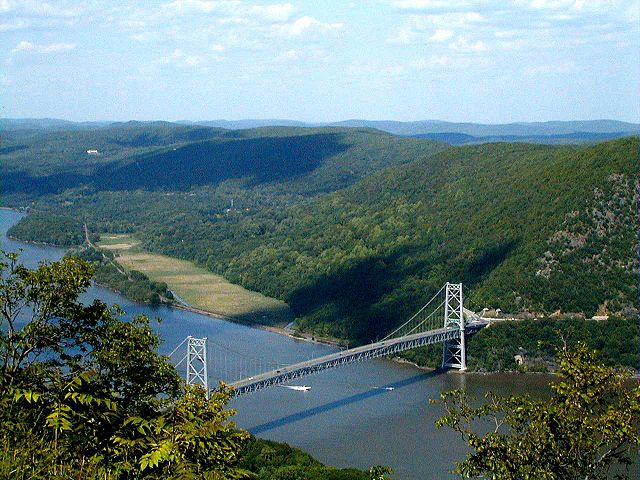The Hudson River In The United States Is Named After Him
On July 2, the Half Moon touched down in Newfoundland, Canada, after veering west to look for the northwest route to the Pacific. After traveling south along the Atlantic coast, Hudson's voyage entered the great river, which Florentine explorer Giovanni da Verrazano had uncovered in 1524. They traveled nearly 150 miles up the river before arriving in Albany, the present-day capital of New York. One of the interesting facts about Henry Hudson is the river then earned the name “Hudson” going forward.
Hudson made the decision to return to Europe, arriving in Dartmouth, England, on November 7, 1609, believing that the Hudson River wouldn't lead all the way to the Pacific. The ship was seized by the English authorities, who also barred Hudson from collaborating with the Dutch once more. Hudson was able to deliver the log to the Dutch embassy in England, who then despatched it to Amsterdam along with his report. The Dutch utilized Hudson's trip to stake claims in the areas he surveyed. By founding the colony of New Netherland, which included the three important fur-trading strongholds of New Amsterdam, Wiltwyck, and Fort Orange, they colonized the area.










